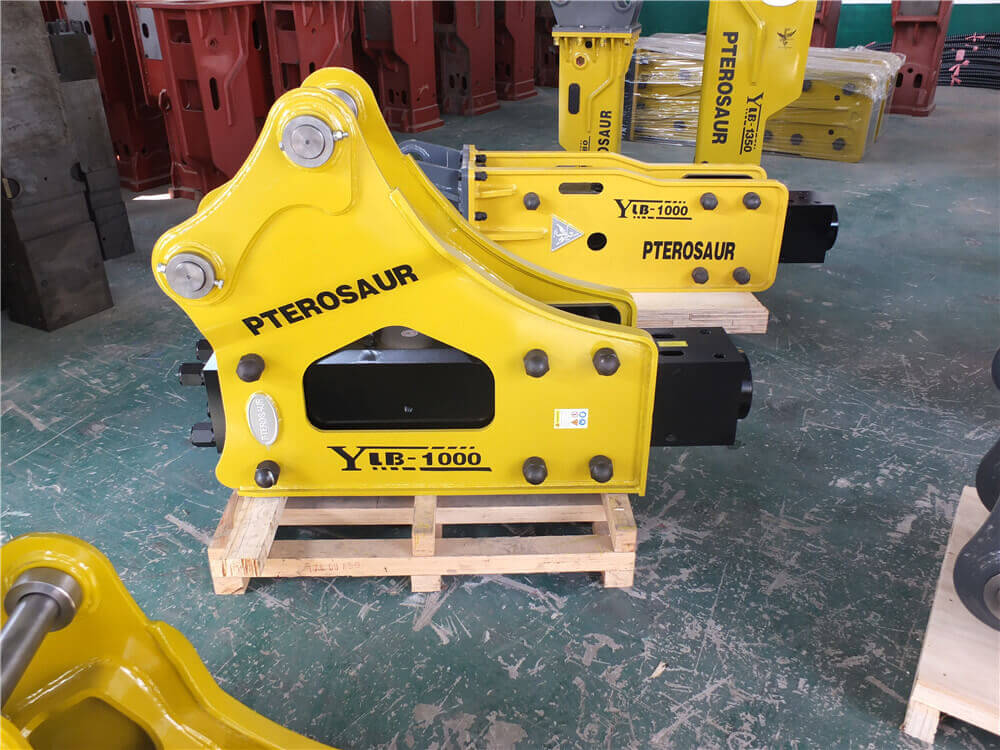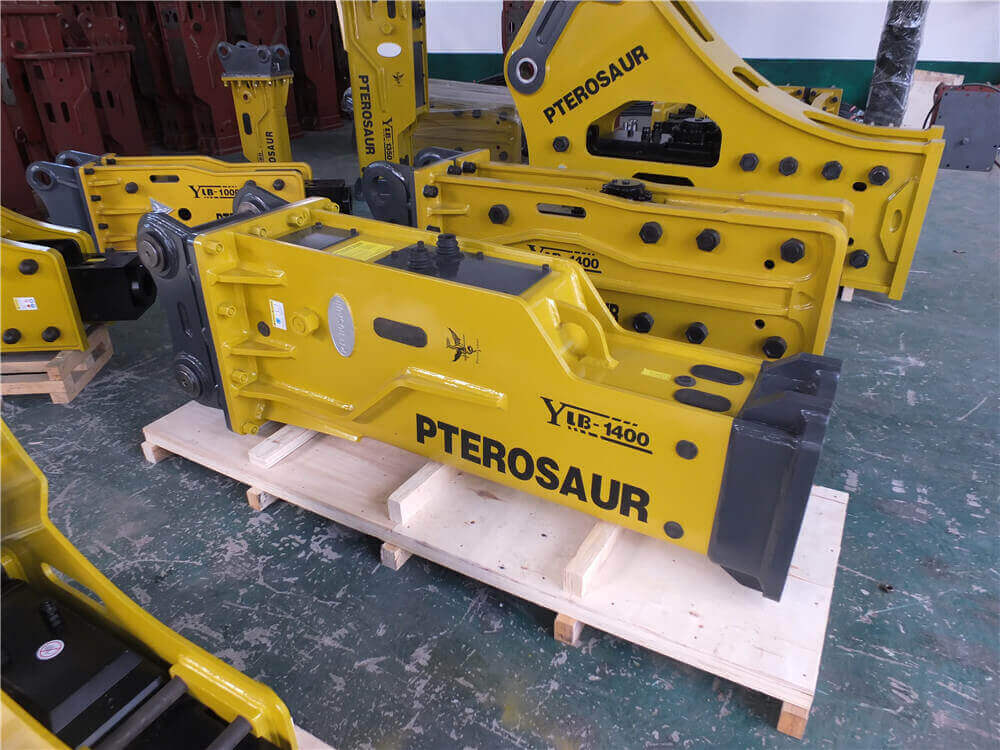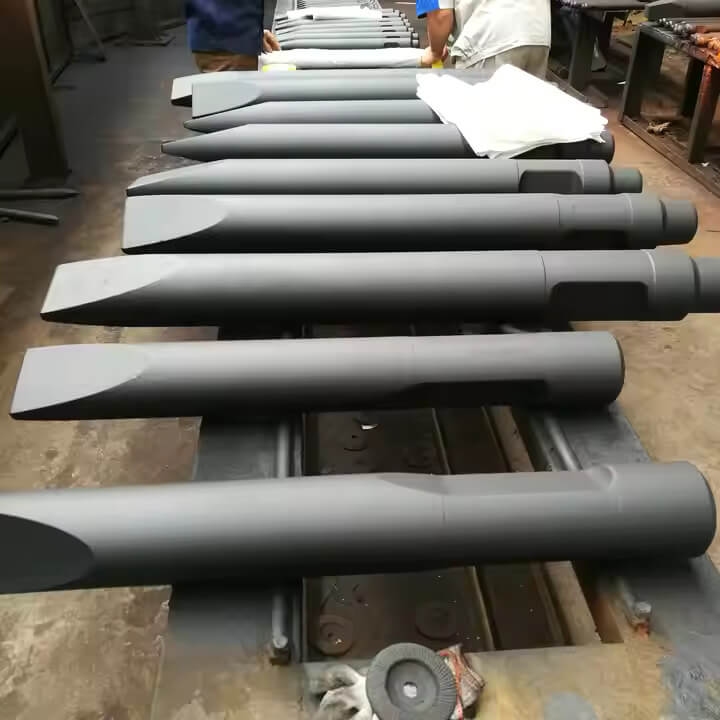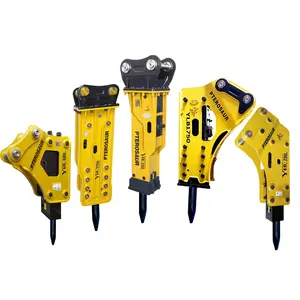Introduction
In firefighting and rescue operations, swiftly clearing obstacles is crucial for ensuring successful rescues. After natural disasters such as earthquakes or landslides, the removal of rocks and debris is particularly vital. Hydraulic breakers, known for their powerful crushing capability and versatility, have become essential tools in firefighting efforts.
Specific Applications in Firefighting
- Rock Obstacle Clearing
During fire emergencies, especially those caused by explosions or landslides, hydraulic breakers can rapidly clear hard rocks, ensuring access for firefighters and rescue equipment. This quick action significantly reduces rescue time and enhances efficiency. - Creating Safe Access Routes
In disaster recovery and rebuilding, hydraulic breakers assist in opening safe paths, preventing secondary injuries caused by rocks and debris. This allows firefighters to approach affected areas more safely for search and rescue operations. - Assisting Fire Suppression
In some cases, rocks can obstruct the entry of firefighting equipment or hinder access to water sources. Hydraulic breakers can remove these barriers, ensuring timely access to fire sources and reducing the risk of fire spread. - Post-Disaster Assessment and Clearing
During post-disaster assessments, hydraulic breakers can effectively manage rocks around damaged structures, helping evaluate site safety and laying the groundwork for future rebuilding.
Advantages and Challenges
Advantages:
- Efficiency: Hydraulic breakers can process large areas of rock quickly, saving time and labor.
- Versatility: They can be mounted on various machinery, adapting to different operational environments.
- Safety: The use of hydraulic breakers minimizes dangers associated with manual clearing, enhancing the safety of rescue personnel.
Challenges:
- Equipment Costs: The investment in hydraulic breakers and associated machinery can be significant.
- Operational Expertise: Qualified operators are necessary to ensure safe and effective use.
- Site Condition Limitations: In complex terrains or damaged structures, the use of hydraulic breakers may face constraints.
Conclusion
Hydraulic breakers play a vital role in rock clearing for firefighting efforts, providing essential technical support for rapid and efficient operations. As technology advances and practical experience grows, hydraulic breakers are expected to become even more integral to future firefighting missions, facilitating safer and more effective rescue operations.
4o mini





